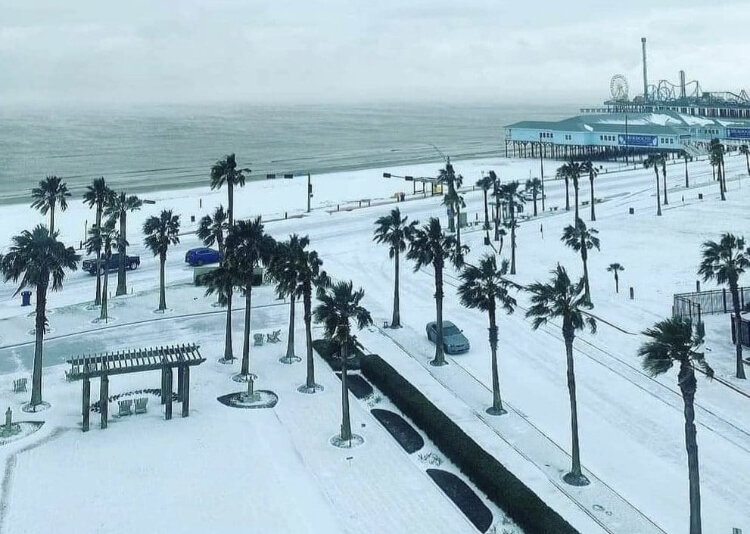Oleander Festival
The Bungalow has been booked nearly nonstop since the first week in March, so my stays on the island have been confined to a day and night or two between outgoing and incoming guests, mostly on weekdays. So, being here for a weekend of fun is a rare and wonderful opportunity for me to reconnect with my island friends and take part in some of Galveston’s special attractions.
Betty Head Oleander Garden Park. 2020
The International Oleander Festival was scheduled for today and, as a new member of the hosting organization, I definitely wanted to attend and support this annual event. The festival is the group’s primary fundraiser of the International Oleander Society (based right here in Galveston). Proceeds help maintain the Betty Head Oleander Garden Park, located at 2624 Sealy.
I arrived at the festival about 10 a.m., right after the gate of the park opened. I met my friend, Marlee, there and, together, we walked around, checked out the lovely potted oleanders for sale and the offerings of the food and merchandise vendors, and enjoyed listening to live musical performances.
Sadly, due to the Great Ice Storm in Texas in February, the park was not in its best condition. The once-beautiful oleander bushes had all been pruned down to near their roots to give them a chance at a second life. We could see the pruning was effective; new and lush green leaves were sprouting forth from all quite nicely.
Our visit to the International Oleander Festival proved to be a delightful exercise. We looked beyond the status quo of the garden and looked forward to a re-visit next spring and, especially, the return of the beautiful blooms of Galveston’s beloved oleander bushes.














